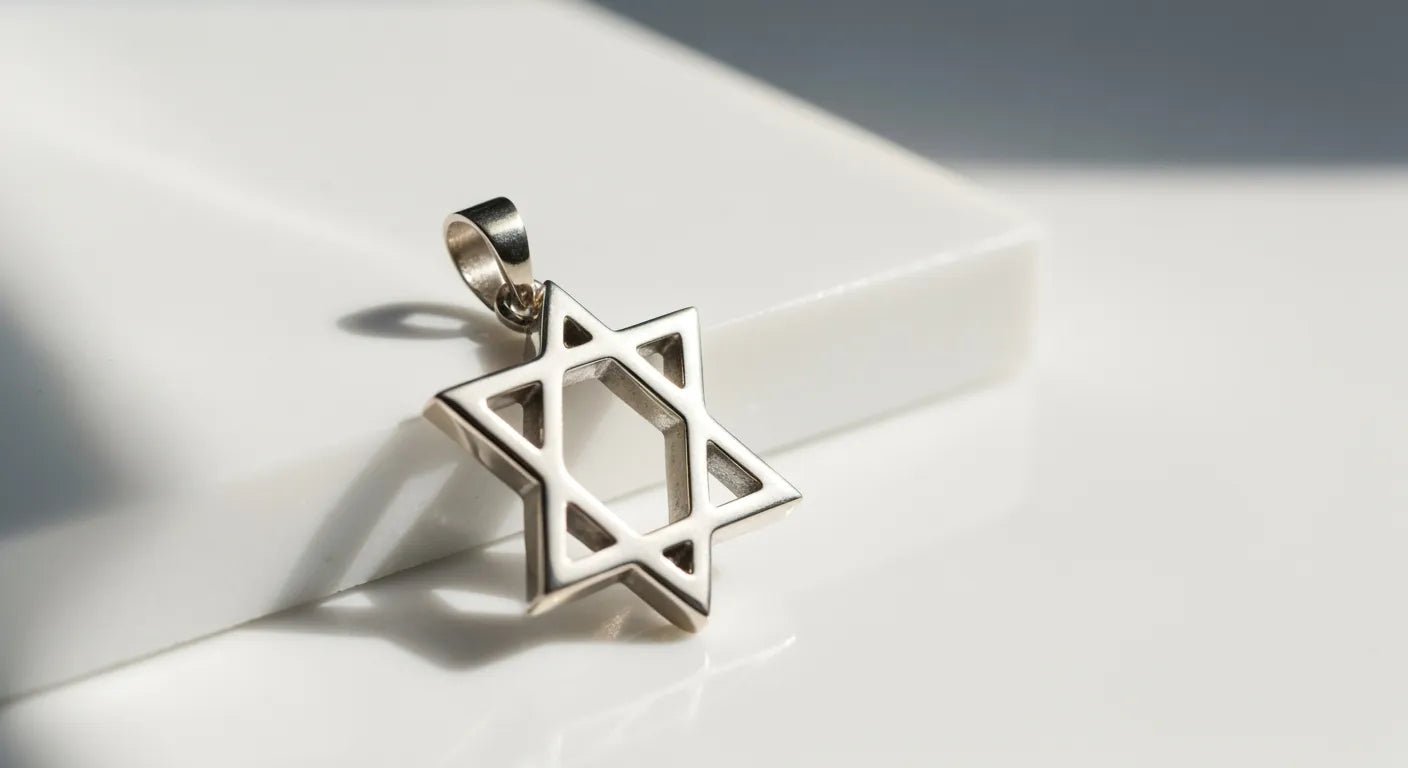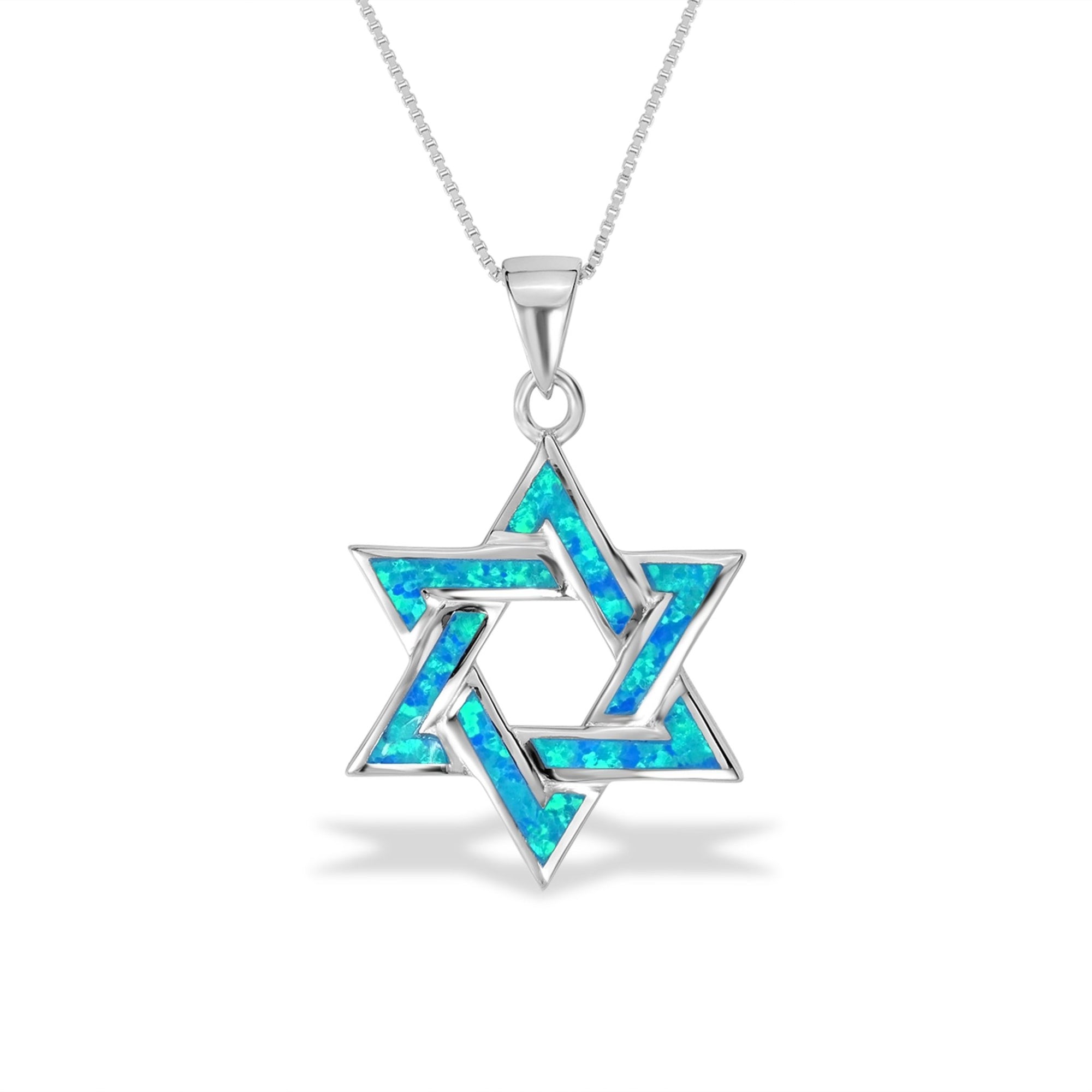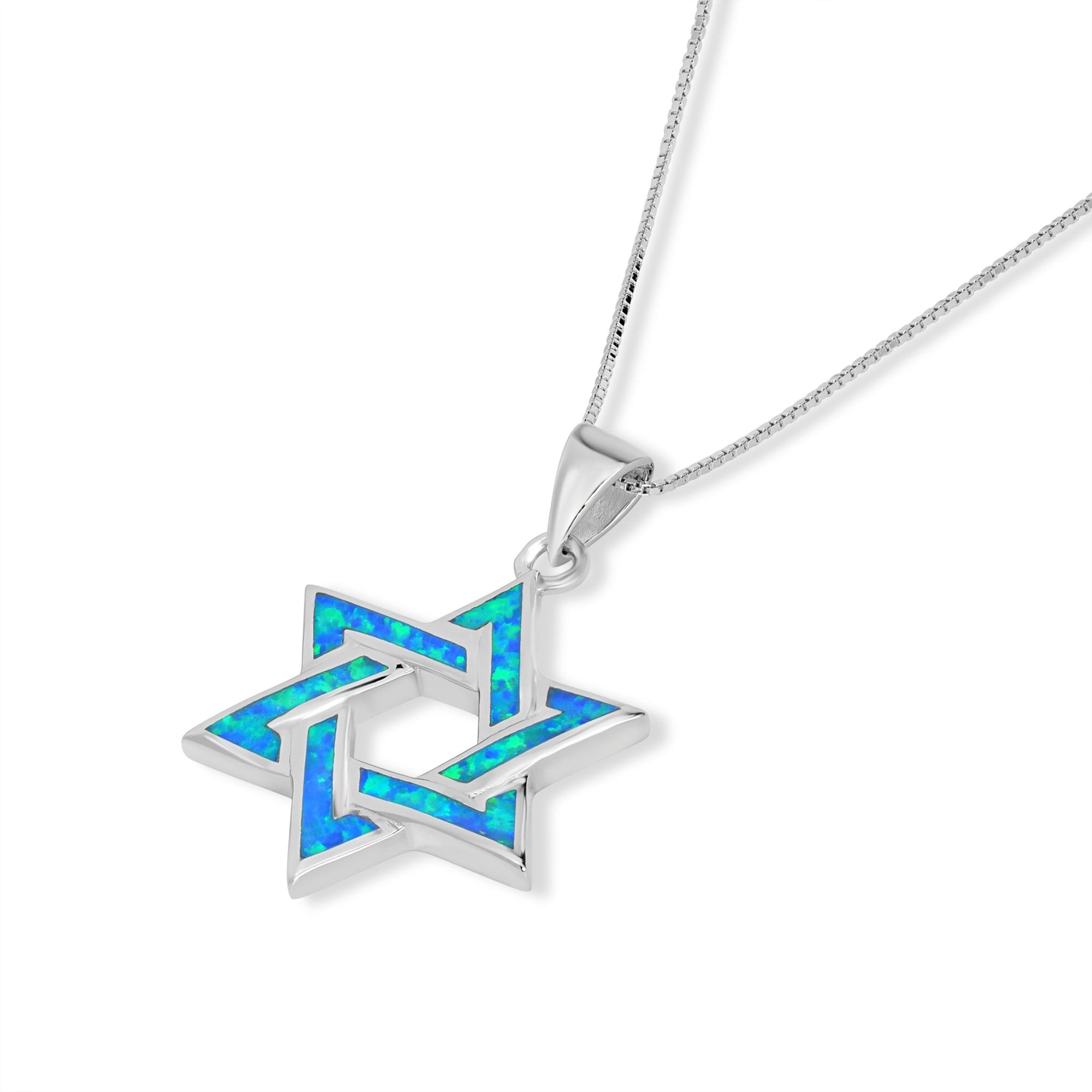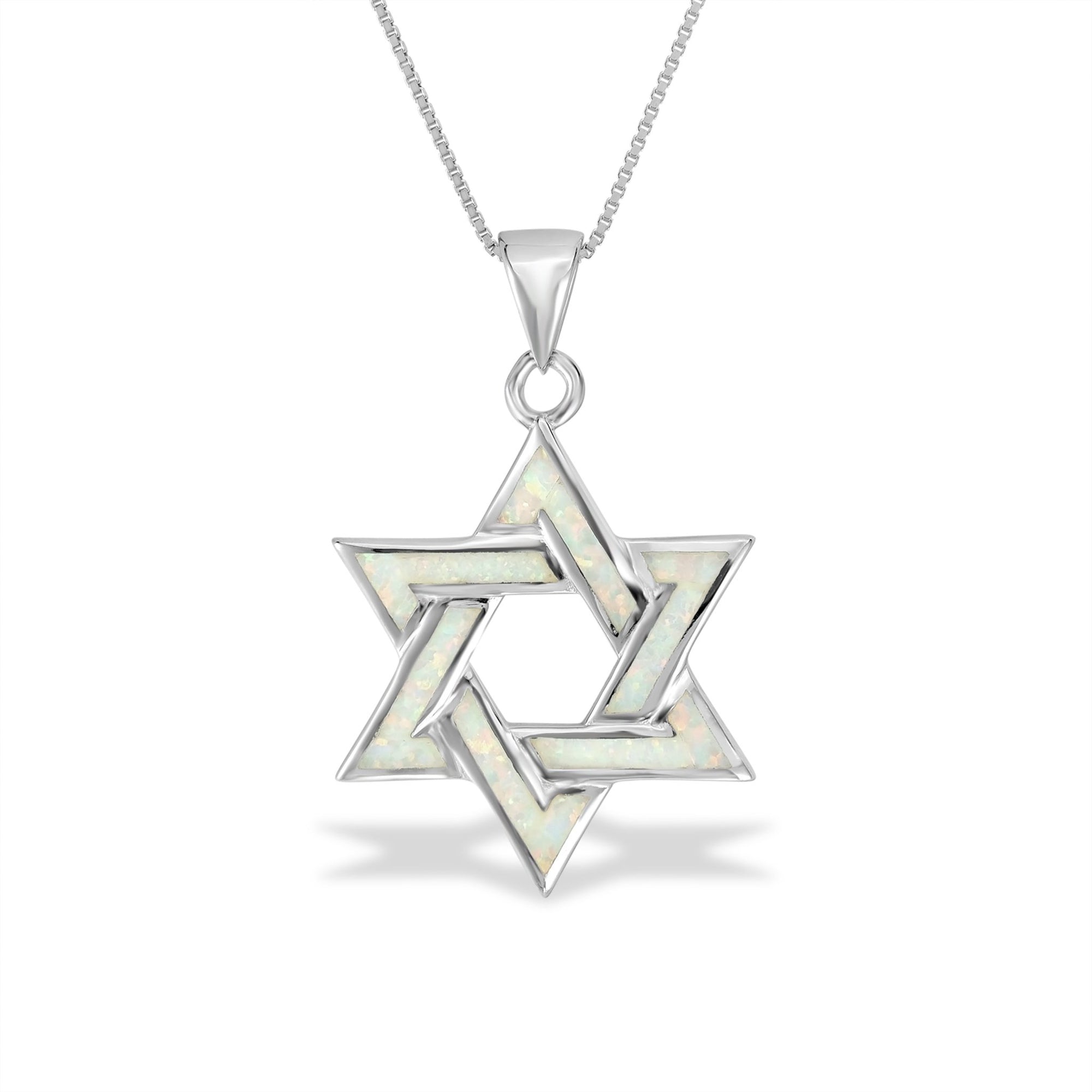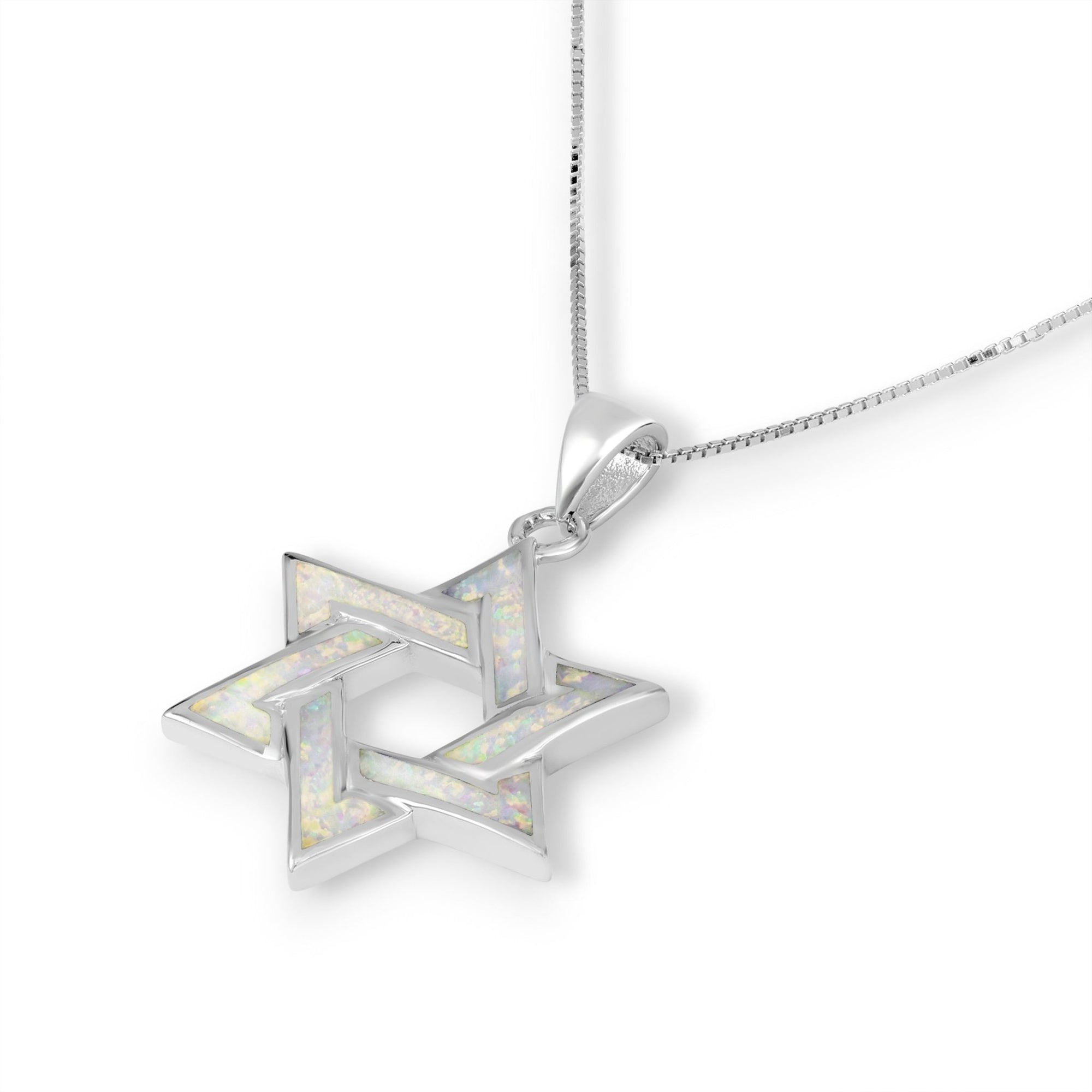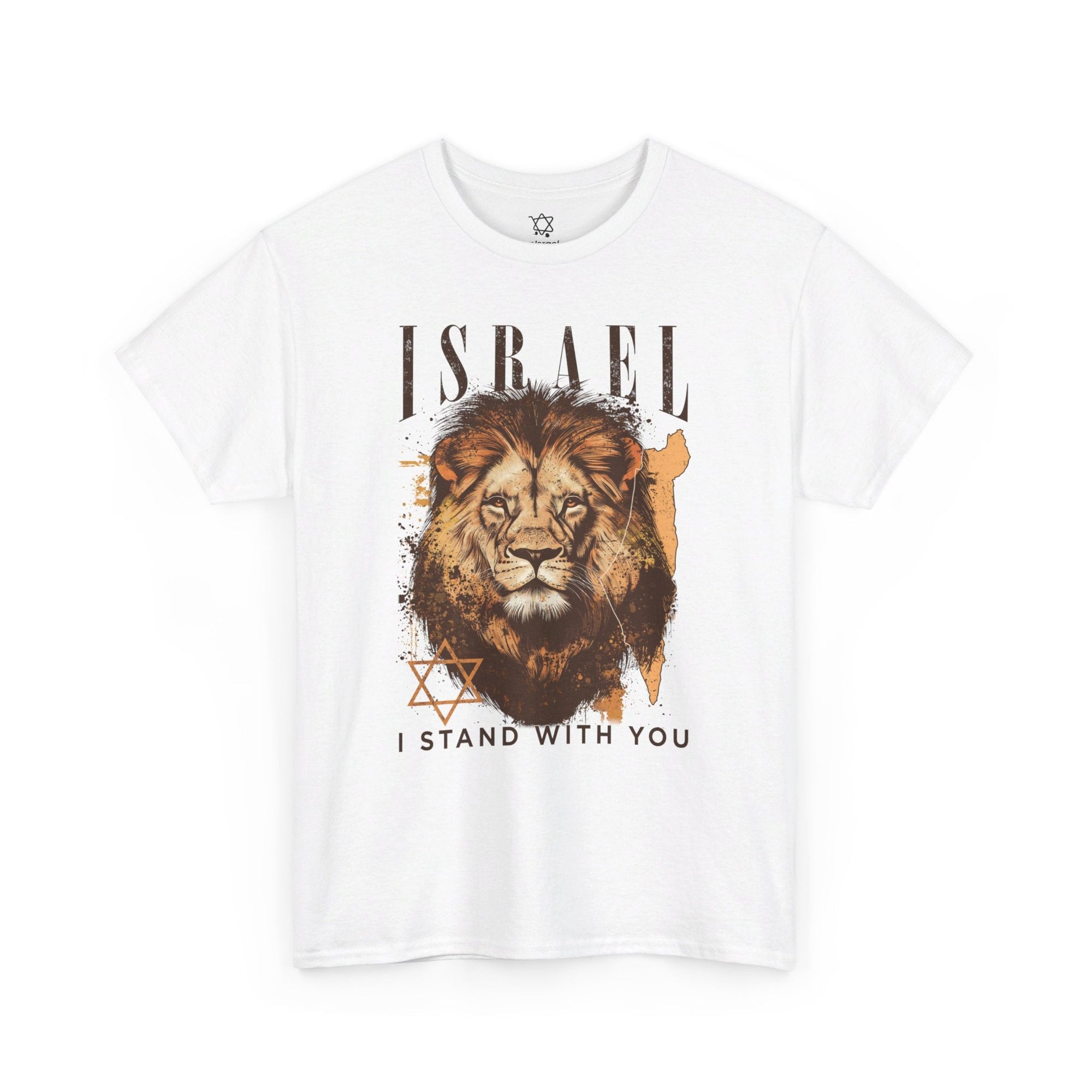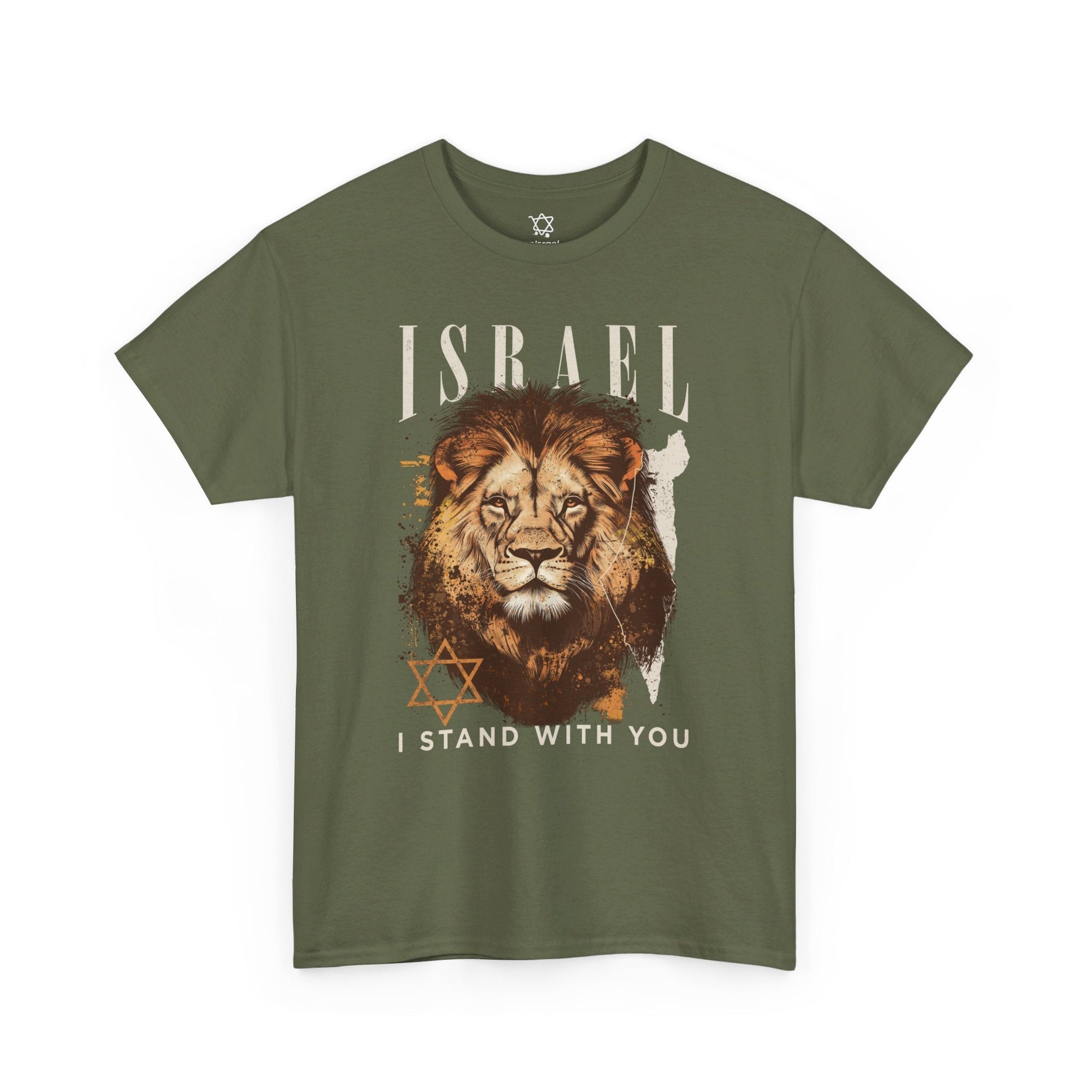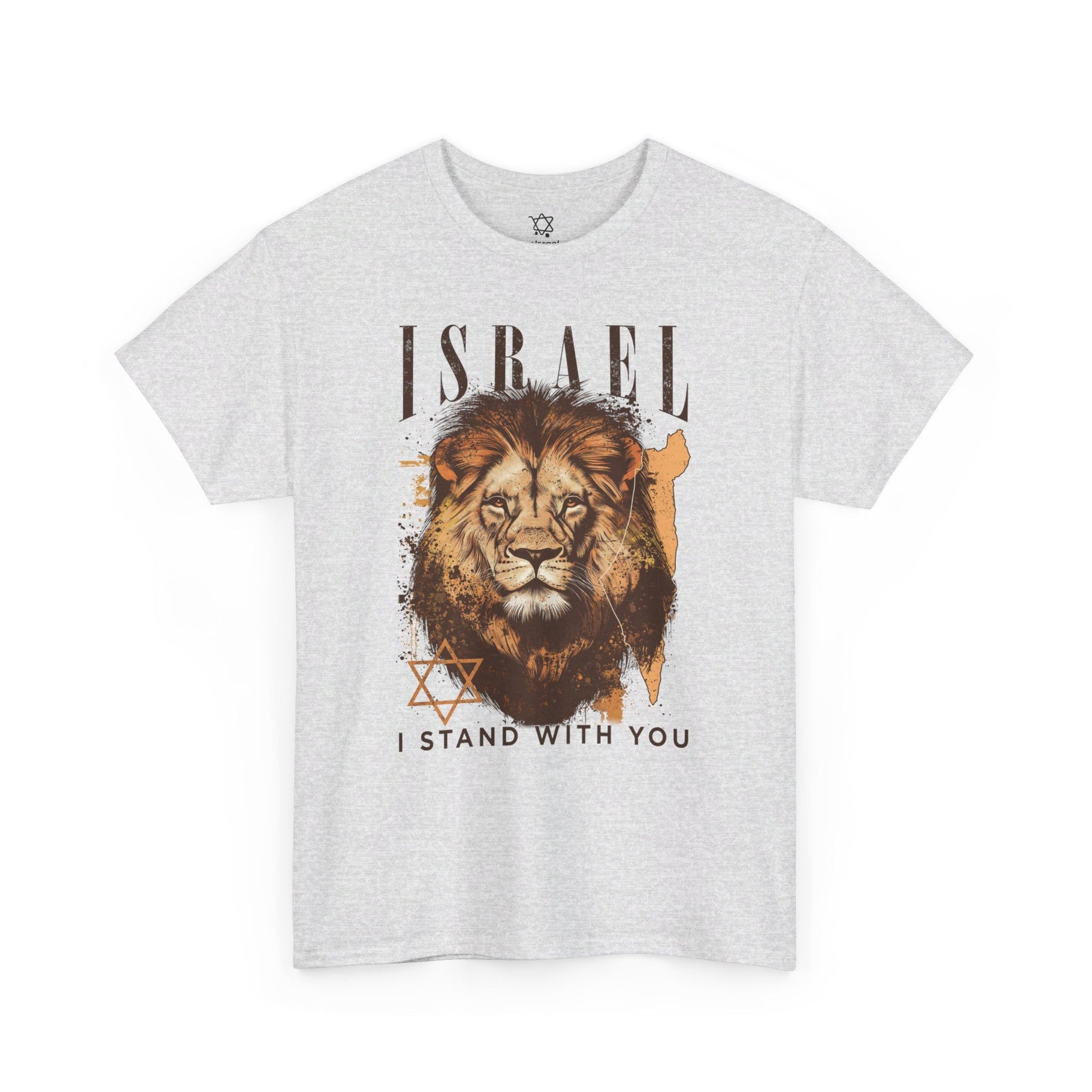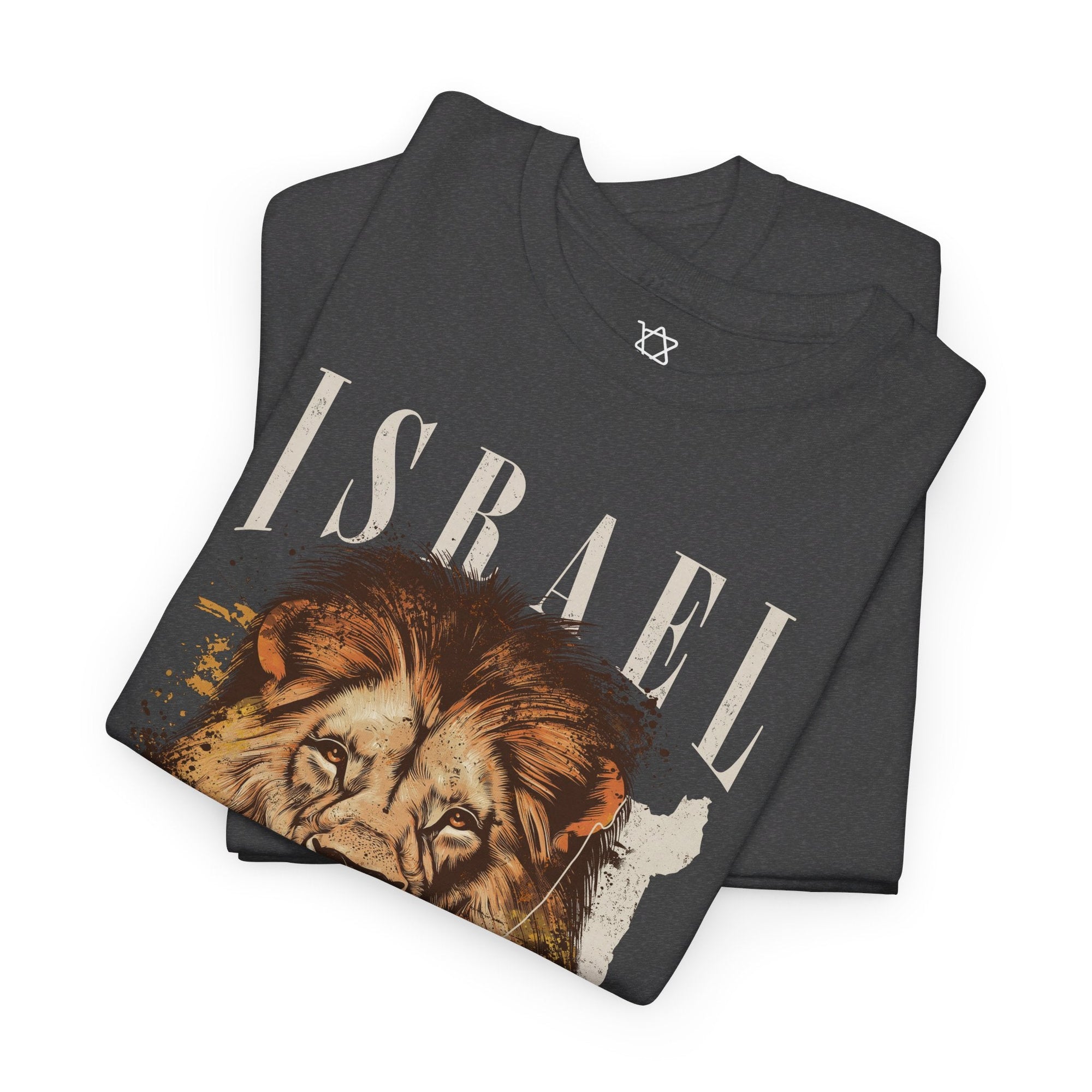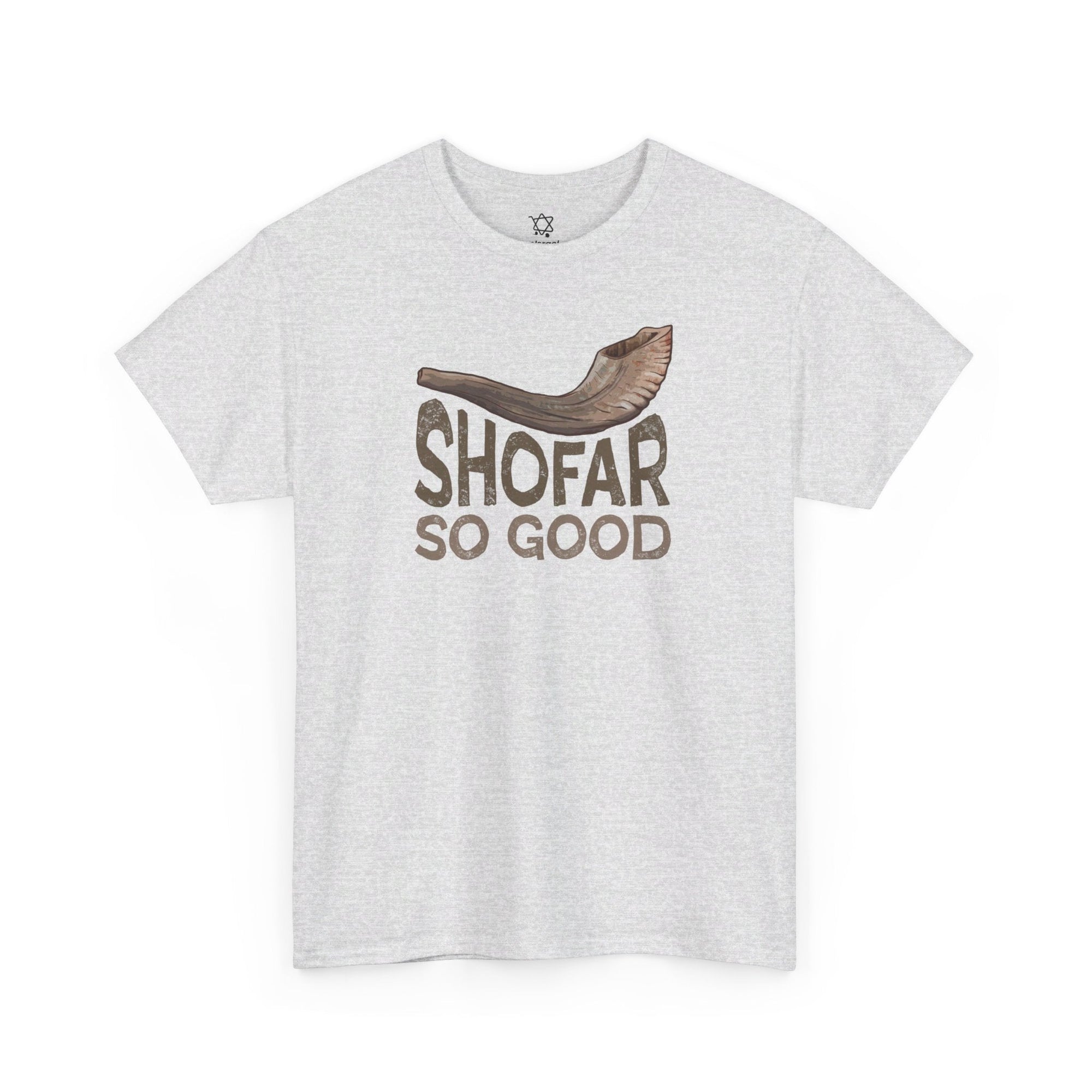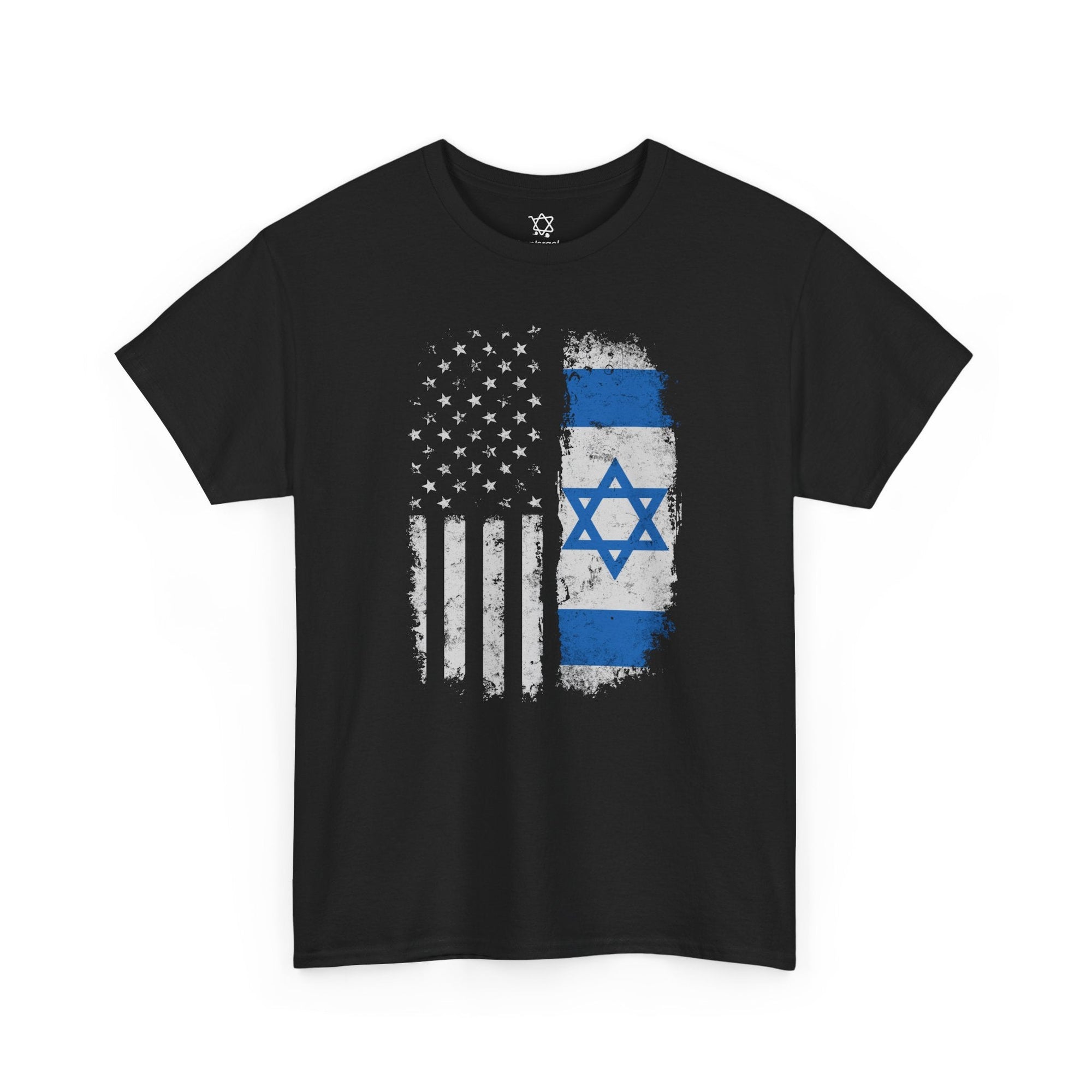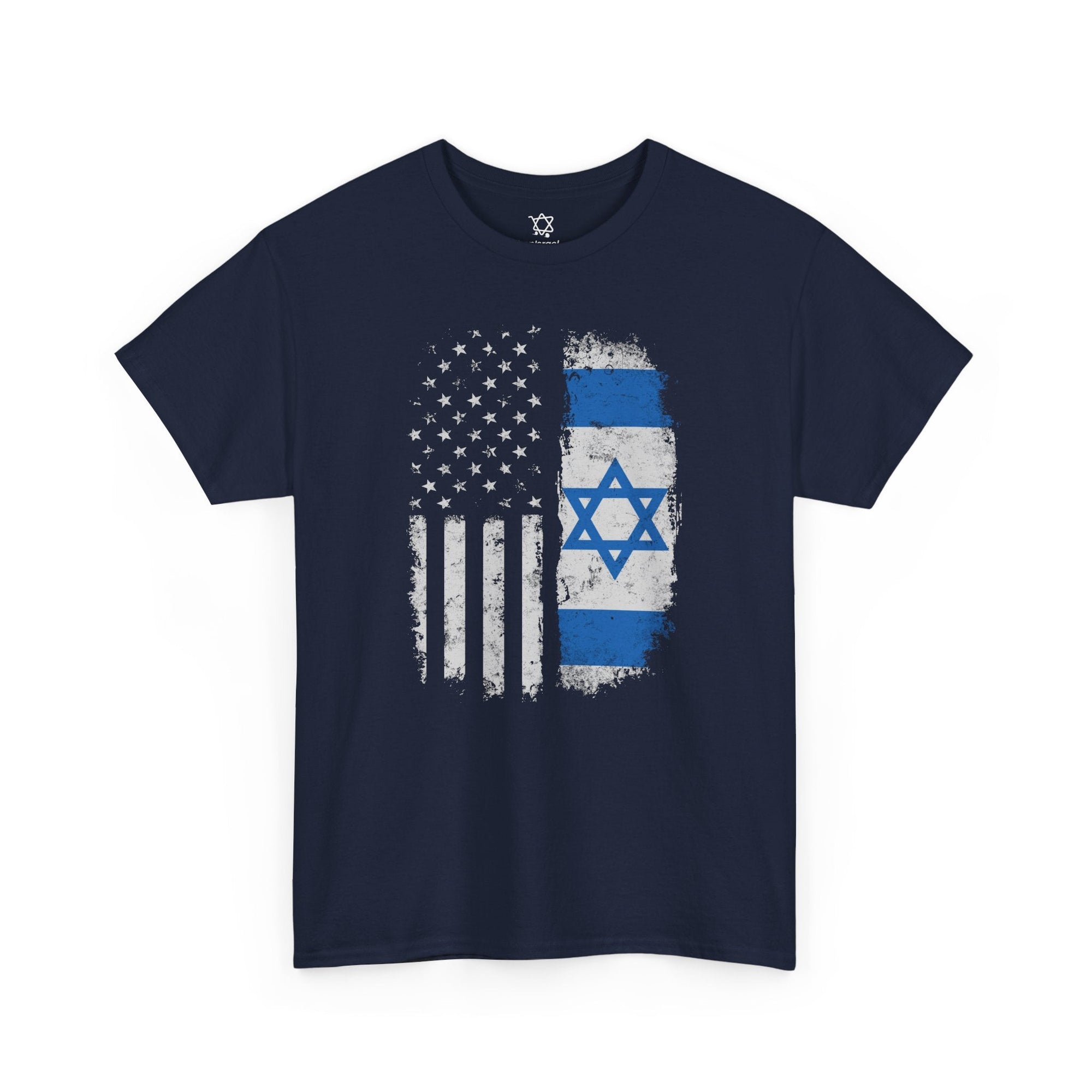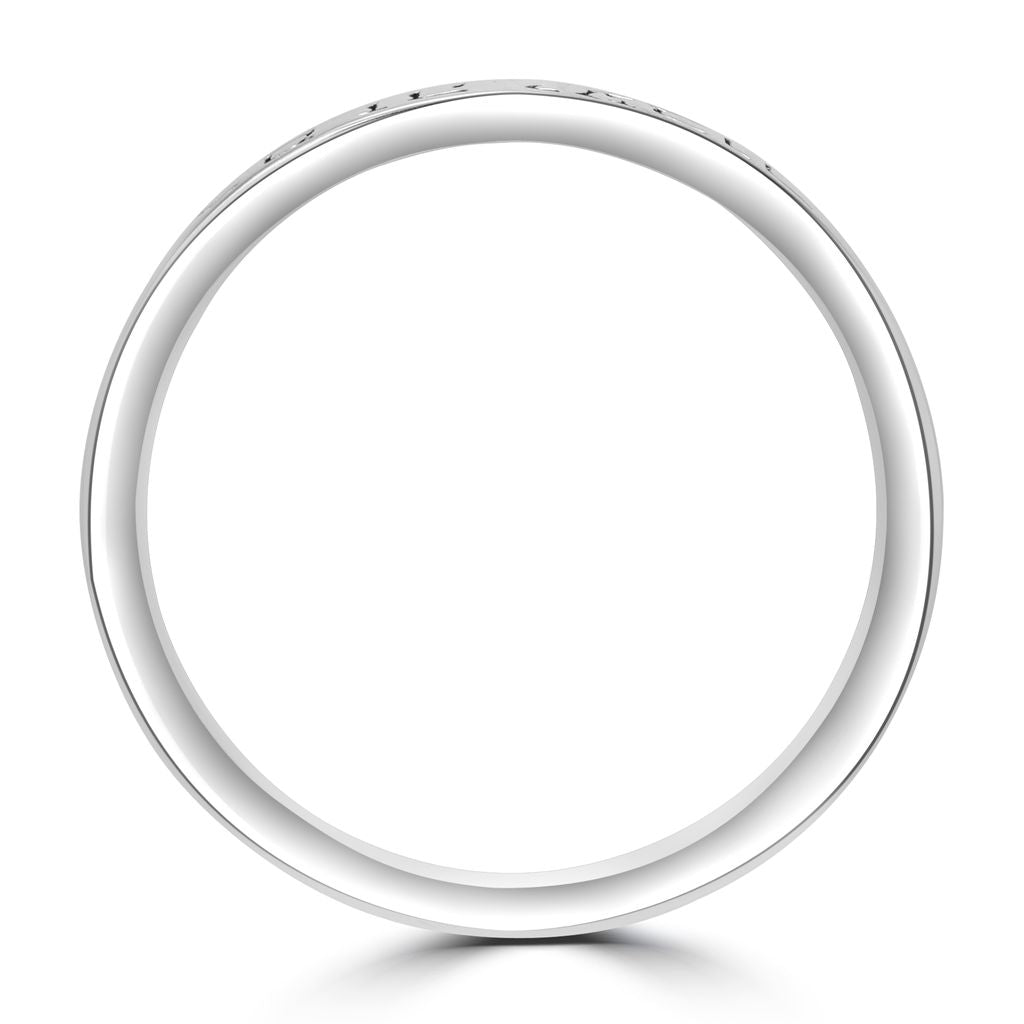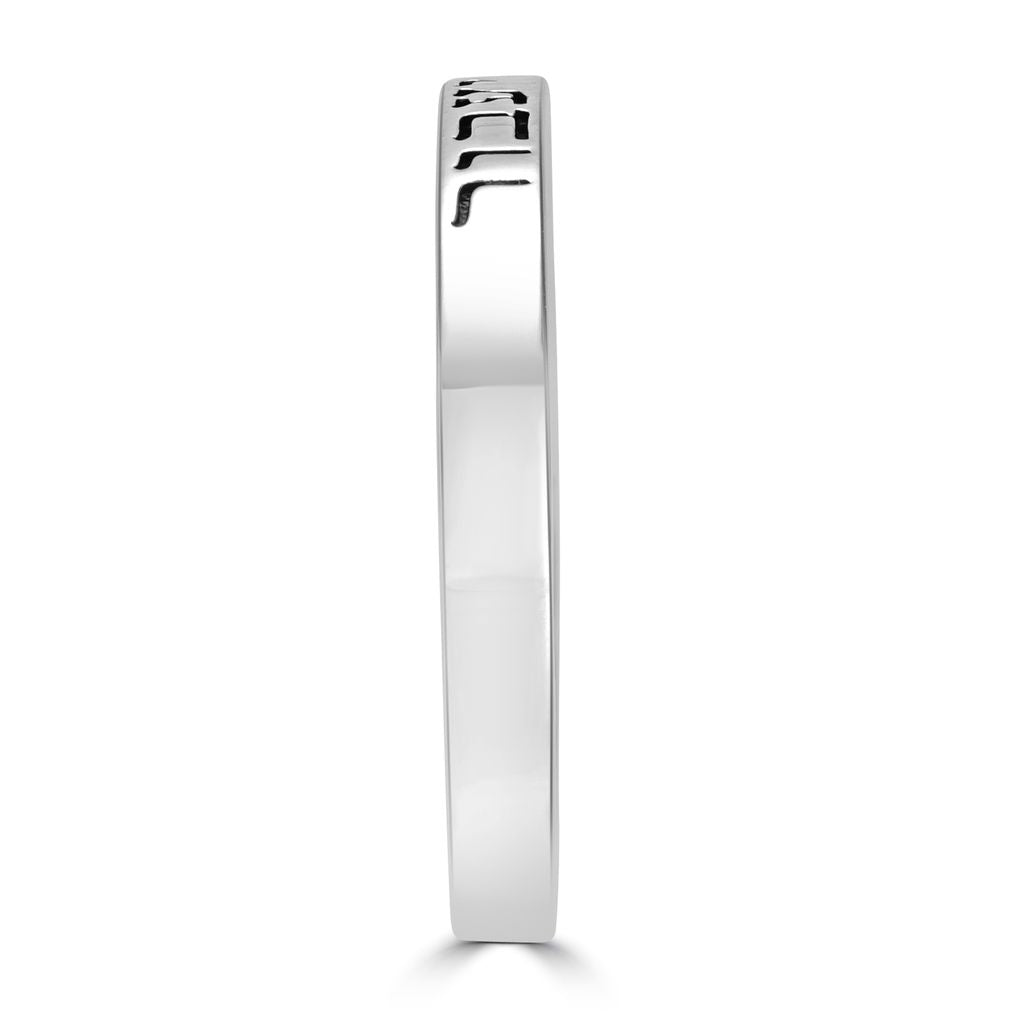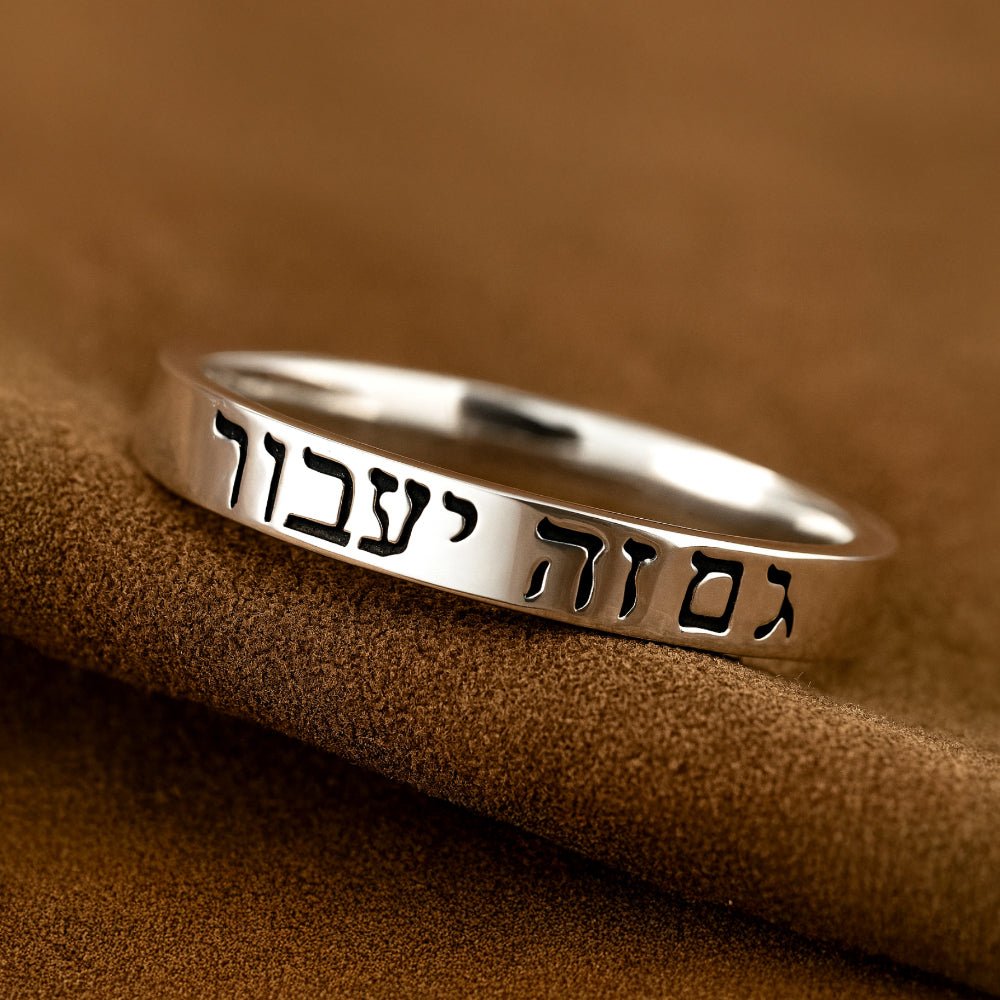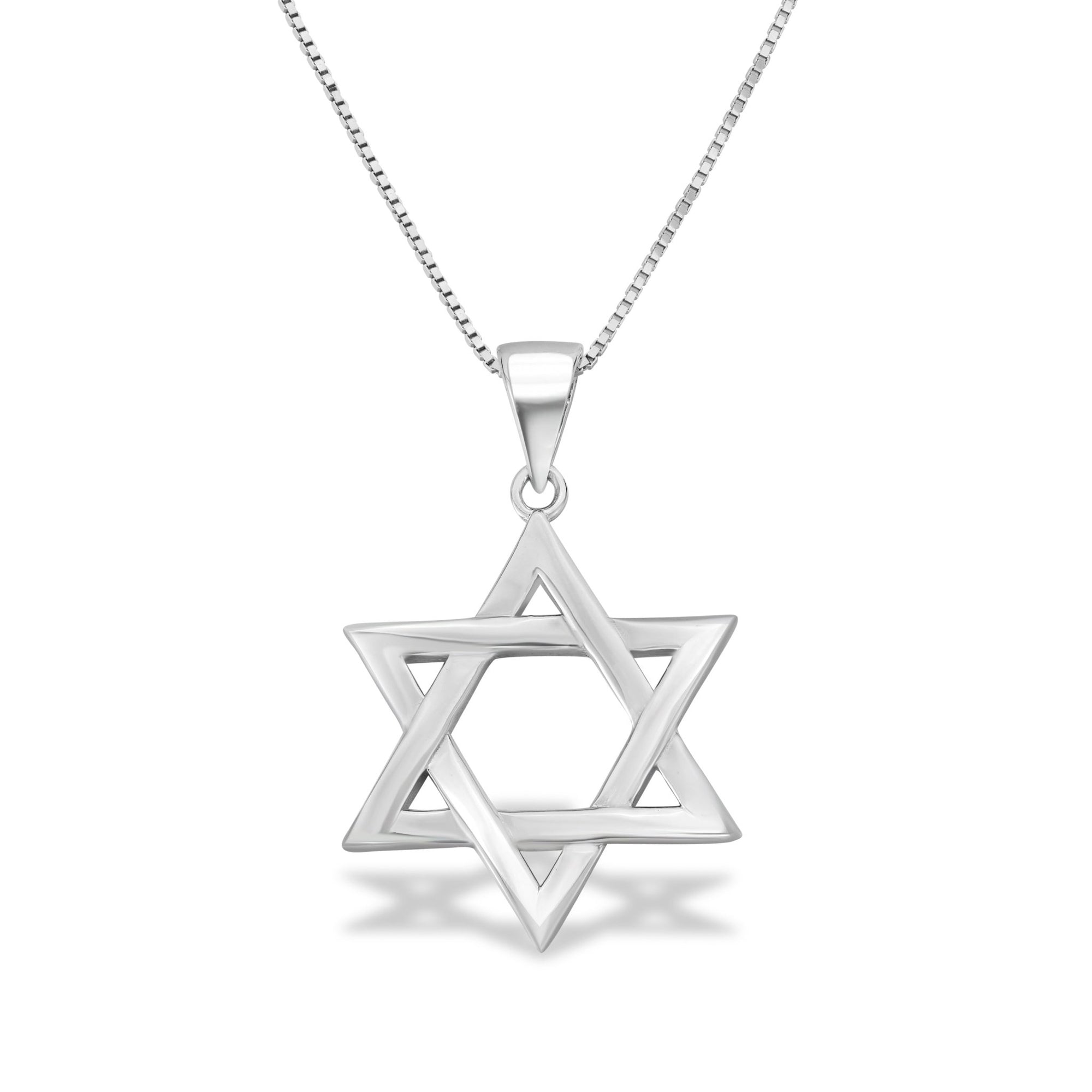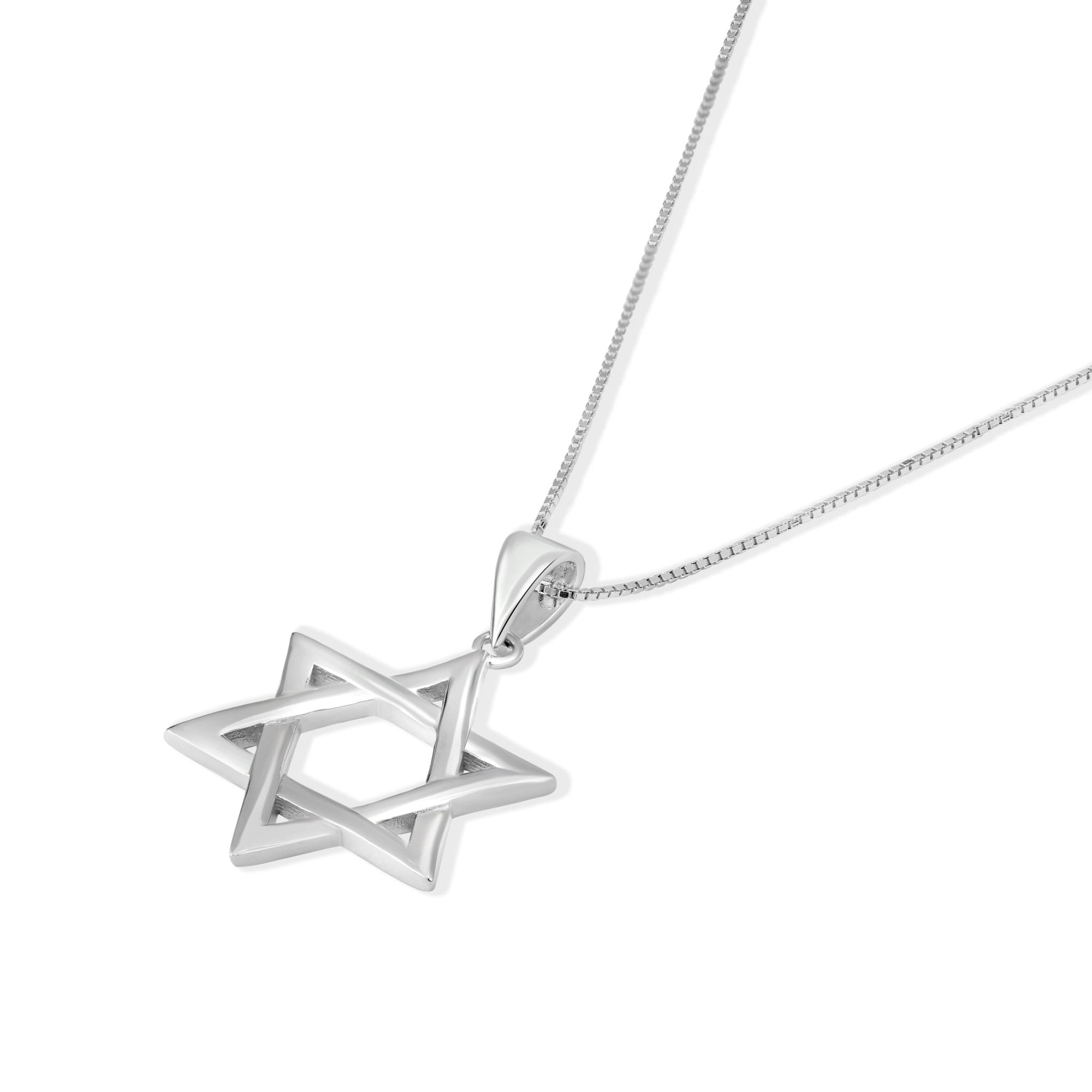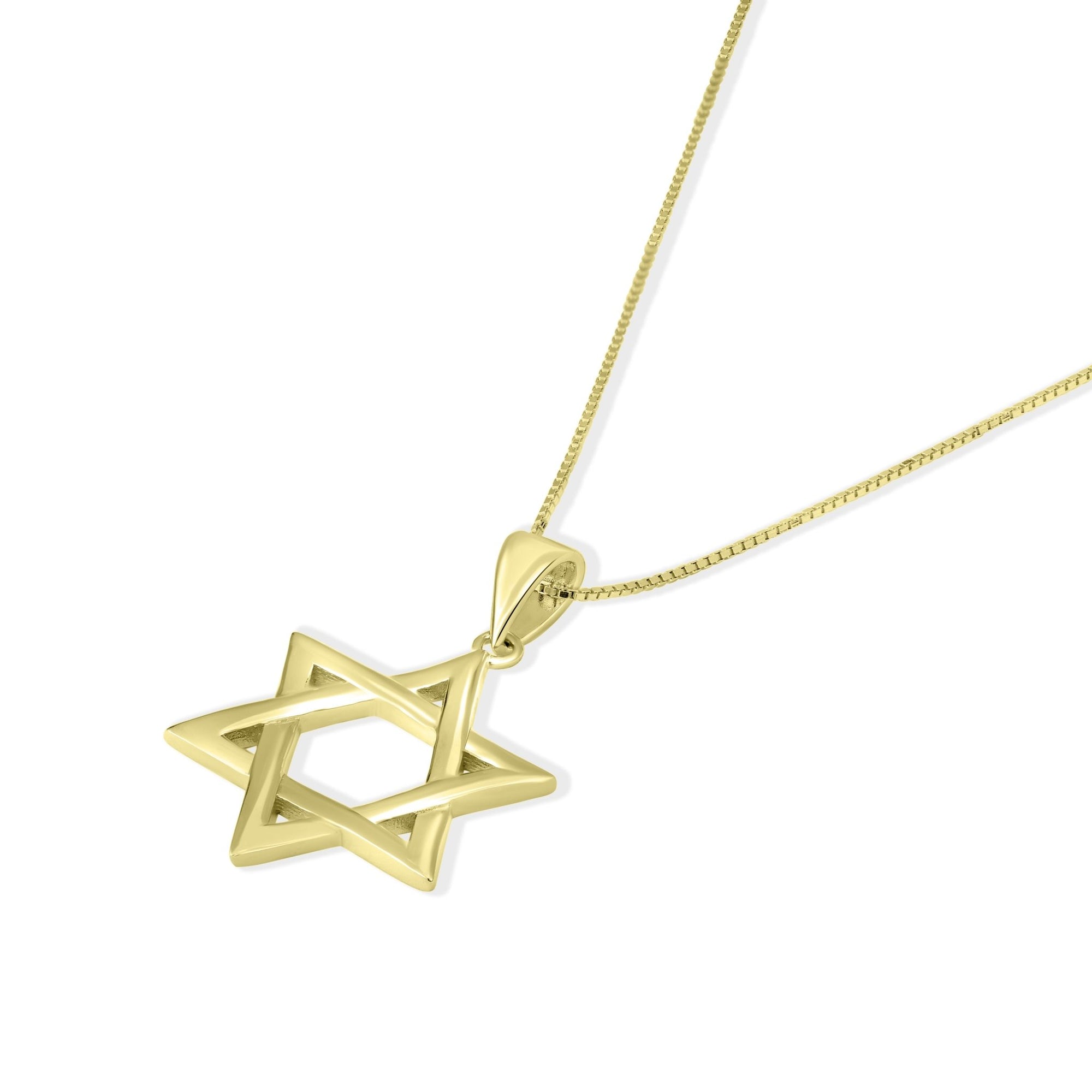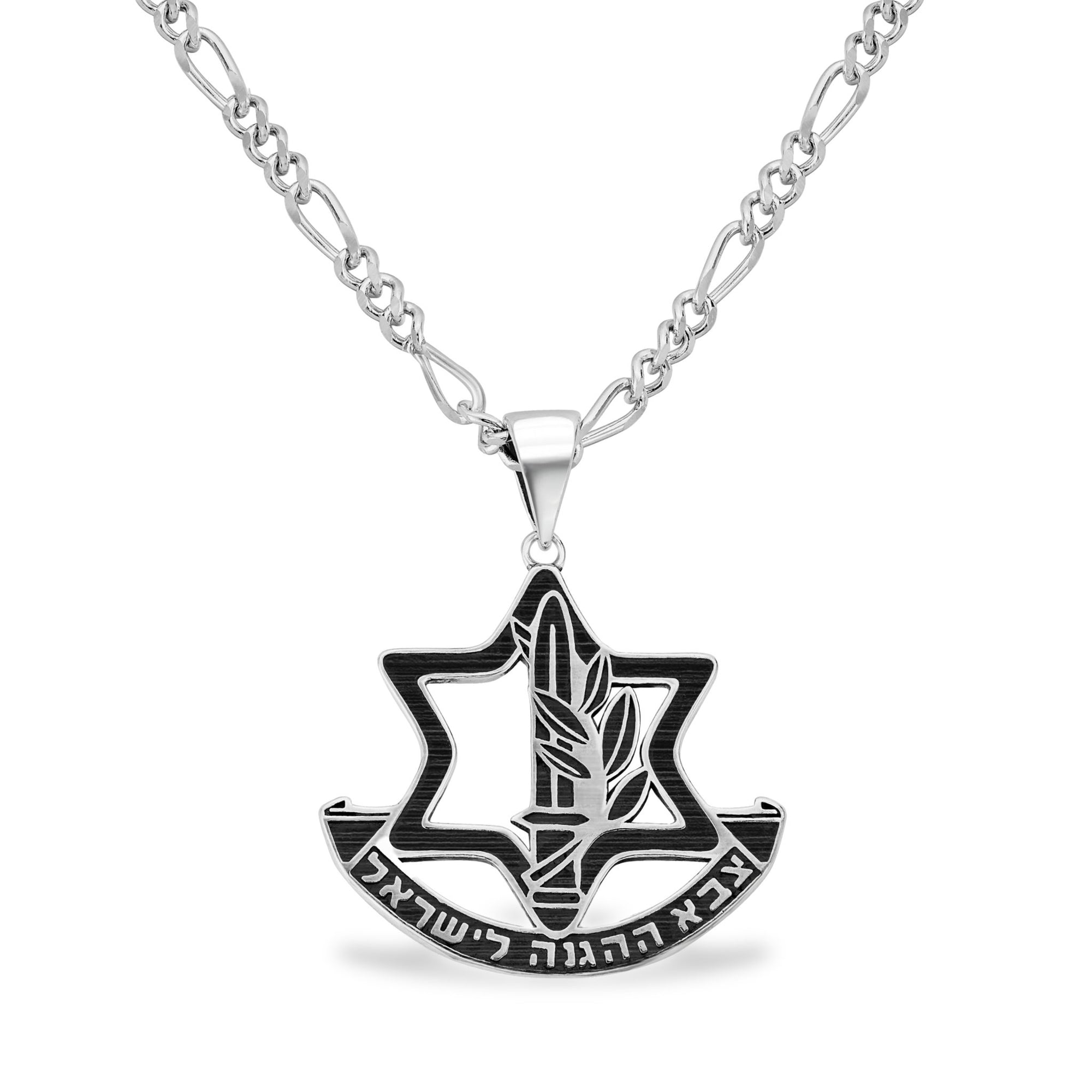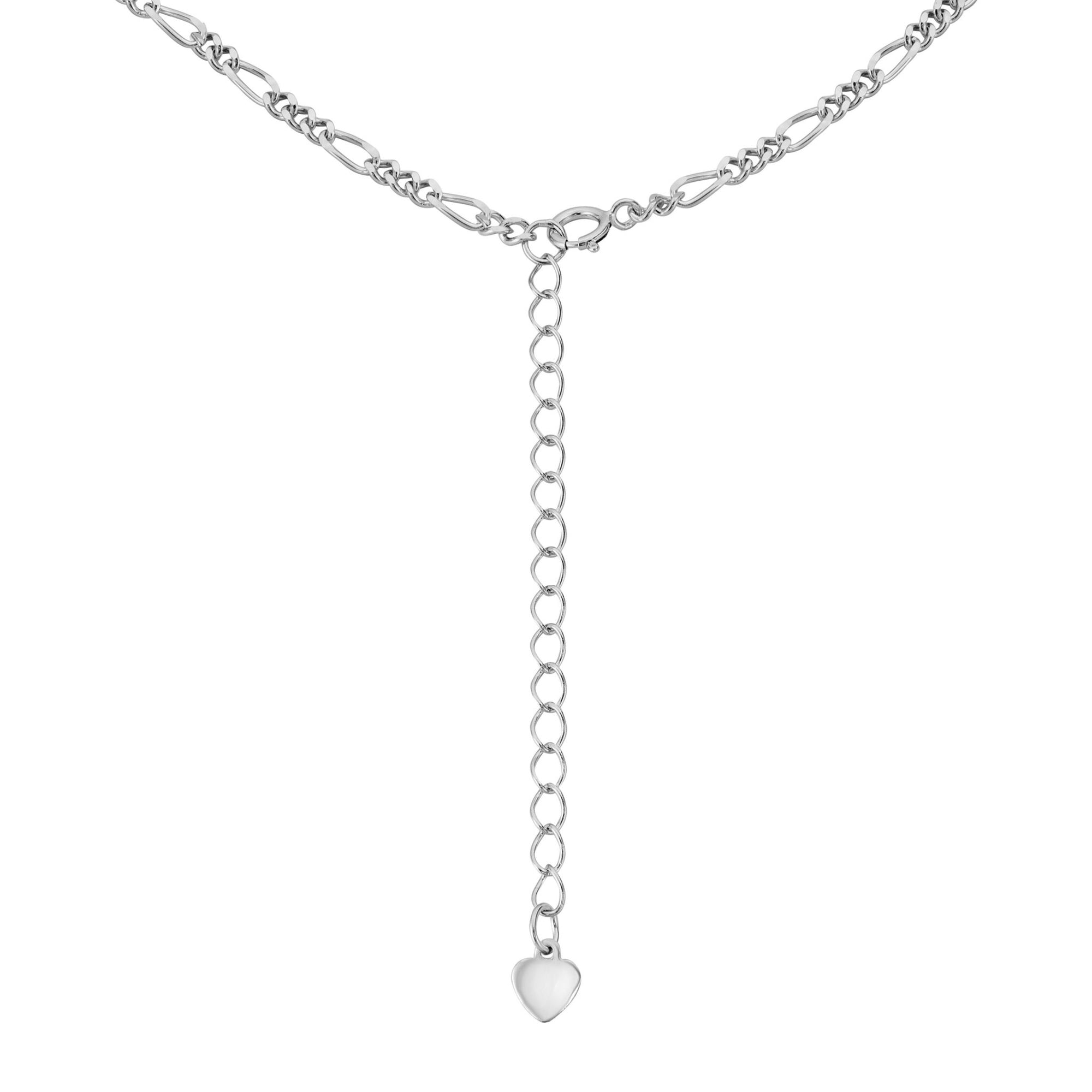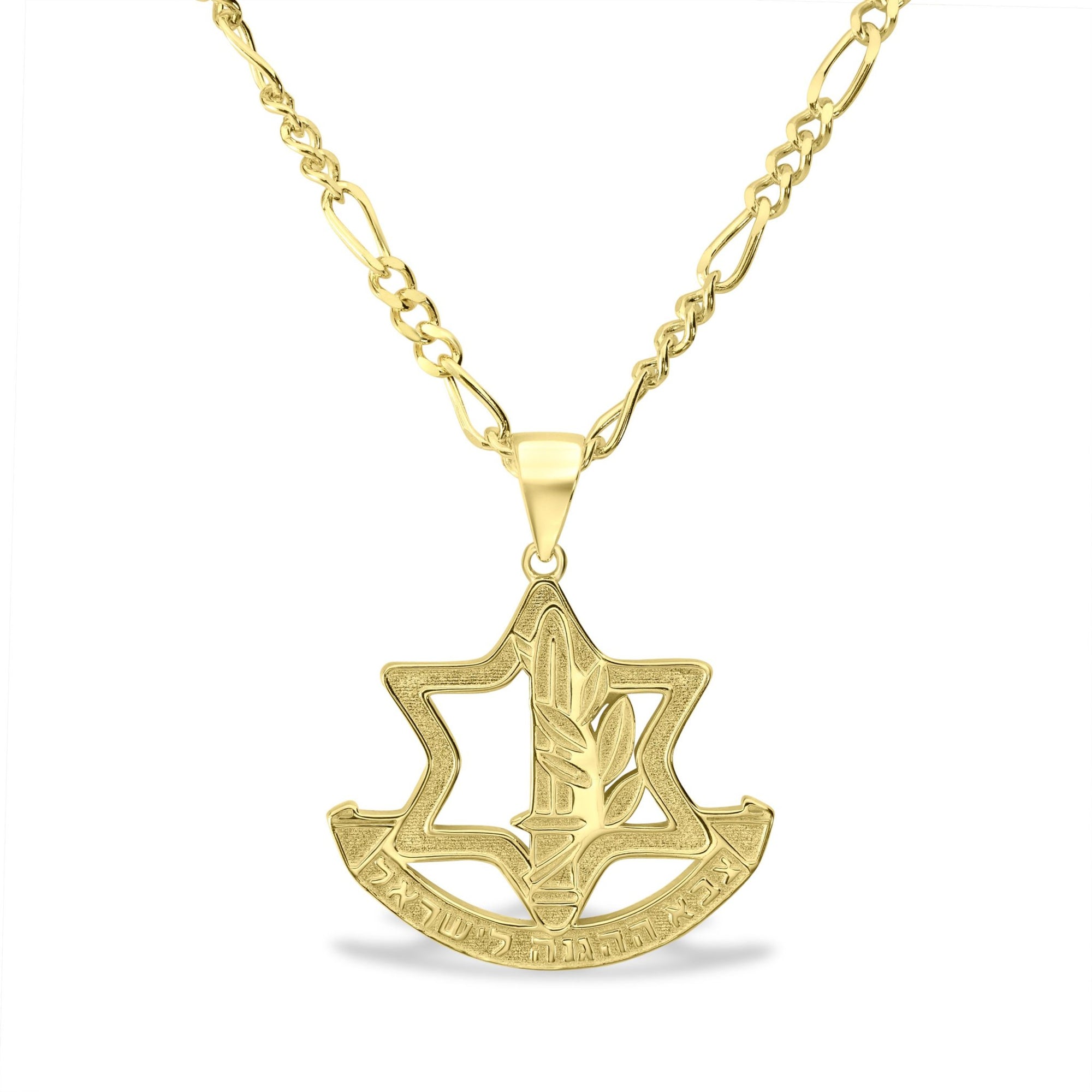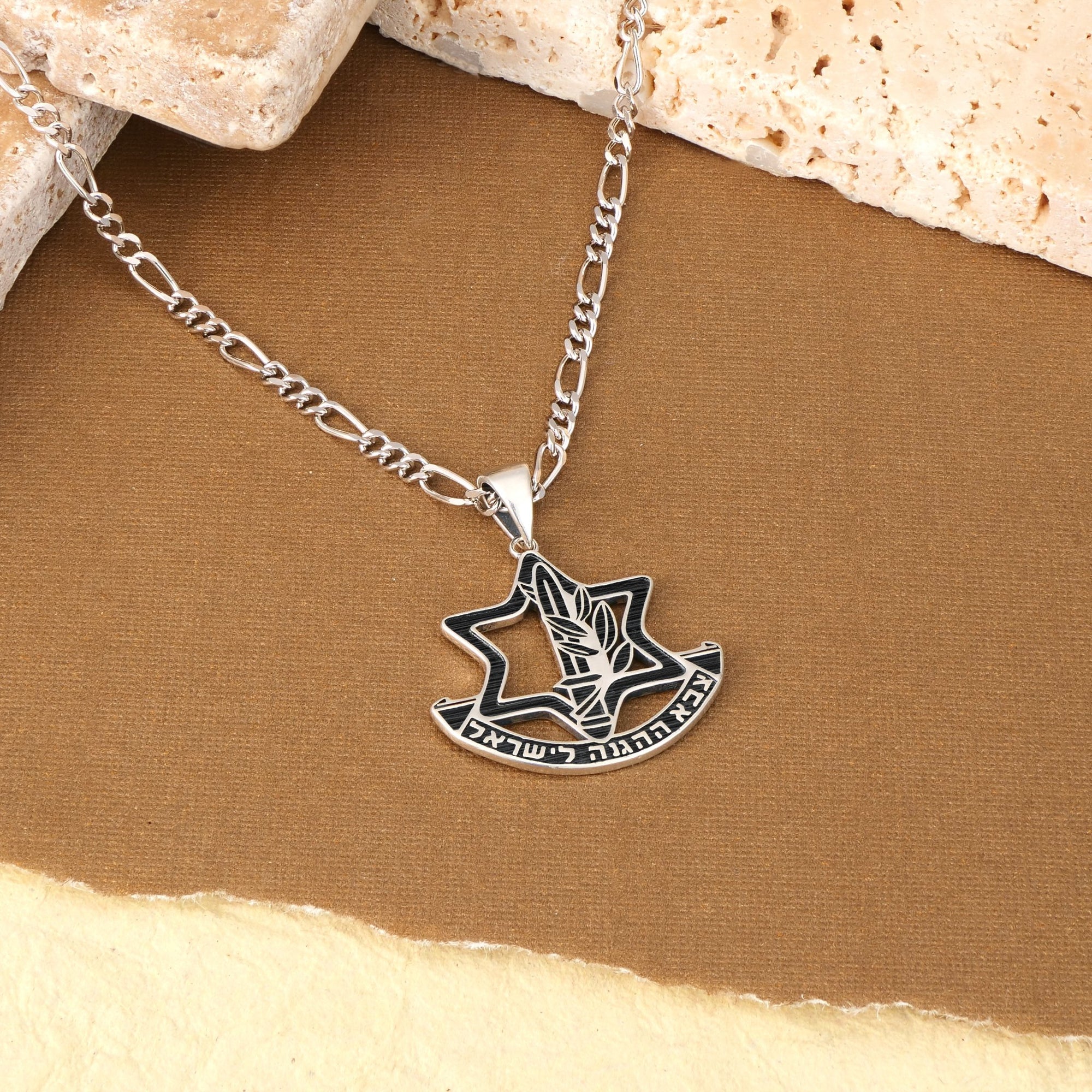Introduction to a Timeless Symbol
The Star of David, known in Hebrew as Magen David or 'Shield of David,' is a powerful emblem intertwined with Jewish identity, spirituality, and culture. More than just a six-pointed star, it carries centuries of history, mystical interpretations, and cultural significance. This article explores the Star of David's origins, symbolism, and its expression through jewelry, offering insights into its enduring appeal and versatile styles.
Origins and Historical Journey of the Star of David

What are the historical origins of the Star of David?
The Star of David is a hexagram made from two overlapping equilateral triangles. This geometric shape existed long before it became a Jewish symbol. It appeared as a decorative motif in various ancient cultures, including Hinduism and Buddhism in East Asia, Islamic tradition where it is called the Seal of Solomon, pagan religions, and early Christian churches. Archaeological findings show its presence in Jewish contexts from as early as the 3rd to 4th century CE, such as inscriptions and synagogue stones (source, source, source).
Jewish adoption of the symbol
Although used decoratively for centuries, the Star of David was not originally a specifically Jewish symbol. Its clear association with Judaism began in the 14th century in Prague when Jewish communities adopted it as a motif on their flags. By the 17th century, the Star of David had become widely identified with Eastern European Jewish communities and was eventually embraced as a symbol of Jewish identity and faith. Its symbolic role grew further when it was selected as the emblem of the Zionist movement in 1897, and later appeared on the flag of the State of Israel in 1948 (source, source, source).
Use in various cultures before Judaism
Before its Jewish usage, the hexagram had broad spiritual and symbolic meanings in various cultures. In Hindu and Buddhist traditions, it often represented the unity of the spiritual and material worlds. In Islamic mysticism, the symbol known as the Seal of Solomon was associated with mystical power and protection. Similarly, Christian alchemy used the hexagram to represent elemental harmony, combining fire, water, earth, and air. This cross-cultural usage underlines that the Star of David’s Jewish meaning is a relatively later development in its long history (source, source, source).
Symbolism and Mystical Meanings in Jewish Tradition
What does the Star of David symbolize in Jewish tradition?
The Star of David, or Magen David, holds deep symbolic significance in Jewish tradition. It represents divine protection and serves as a powerful emblem of Jewish identity. The six points of the star are understood to symbolize God's rule over the universe in all six directions: north, south, east, west, above, and below. This expansive reach emphasizes God’s omnipresence and guardianship. The two overlapping triangles depict the harmony between the spiritual and earthly realms, or alternatively, the balance between God and humanity (source).
How is the Star of David interpreted in Kabbalah?
Kabbalistic teachings explore the Star of David’s symbolism on a mystical level. Within this tradition, the two interlocking triangles signify dualities such as good versus evil, spiritual versus physical, and masculine versus feminine forces. The star is seen as a conduit for divine energy, connecting the wearer or observer to higher spiritual forces. It also represents the relationship and unity between God, Israel, and the Torah. This connection encourages spiritual harmony and protection, with the star sometimes serving as an amulet against negative influences (read more).
What is the symbolic representation of the six points and the center?
The six points of the Star of David correspond to the six male sefirot in Jewish mysticism, divine emanations that include attributes such as kindness, severity, harmony, perseverance, splendor, and foundation. These sefirot surround the central point, which represents unity or the Sabbath (Shabbat), embodying rest and spiritual completeness. This arrangement conveys a balance of forces, where the center unites the different aspects into a cohesive spiritual whole. The star thus reflects a cosmic order and the interconnectedness of divine virtues in Jewish thought (source.
Cultural Significance and Modern Identity
How did the Star of David become a symbol of Jewish identity?
The Star of David, or Magen David in Hebrew, emerged as a recognizable symbol of Jewish identity starting in the 14th century when Jewish communities in Prague adopted it as their emblem. Its use spread among Eastern European Jewish populations during the 19th century. The symbol gained international stature when the Zionist movement embraced it in 1897, placing it prominently at their First Zionist Congress as the central emblem on their flag. The Star of David’s formal inclusion on the Israeli flag in 1948 firmly established it as a powerful sign of Jewish unity, cultural identity, and national pride.
What role did the Star of David play during the Holocaust?
In World War II, the Nazis enforced the wearing of a yellow Star of David badge on Jews as a tool for identification and persecution. This tragic use turned the star into a stark symbol of oppression and marginalization. Following the Holocaust, the Star of David transformed into an emblem of Jewish resilience and remembrance of suffering endured. It now serves as a solemn reminder of the past atrocities, a symbol of survival, and an affirmation of Jewish solidarity.
What is the contemporary significance of the Star of David?
Today, the Star of David stands as a global symbol of Jewish faith, identity, and heritage. It is featured on the Israeli flag, synagogues, and Jewish cultural artifacts. The symbol extends beyond religion into expressions of cultural pride, unity, and remembrance. Star of David jewelry is worn widely by Jews and supporters worldwide, representing protection, resilience, and connection to Jewish tradition. Its multifaceted legacy continues to embody both historical struggle and hope for the future.
The Star of David in Contemporary Jewish Life and Culture

In what contexts is the Star of David used in contemporary Jewish culture?
Today, the Star of David is a pervasive and meaningful symbol in contemporary Jewish life. It is prominently displayed in religious settings such as synagogues where it adorns architecture, Torah covers, and prayer shawls (tallit). The symbol also appears on mezuzahs fixed to doorposts and on menorahs during Hanukkah. Jewish tombstones often bear the Star of David, signifying faith and heritage.
Beyond sacred spaces, the Star of David is a central emblem for Jewish community organizations and movements. It appears on badges, flags, and promotional materials that represent Jewish identity symbol and solidarity. Sports teams representing Jewish communities may incorporate the star into their logos and uniforms, highlighting cultural pride.
In cultural events and gatherings, the Star of David serves as a unifying motif that celebrates Jewish heritage, faith, and resilience. Its presence communicates unity, strength, and the resilience of the Jewish people. Worn as Star of David jewelry or displayed in public spaces, the Star of David conveys a sense of belonging and communal connection within the global Jewish diaspora.
The Symbolism and Significance of Star of David Jewelry

What does wearing a Star of David necklace mean?
Wearing a Star of David necklace symbolizes protection, faith, identity, and remembrance. It acts as a personal expression of Jewish heritage and spirituality, often worn to keep one's faith close to the heart. The six-pointed star, known as Magen David or "Shield of David", historically represents divine protection and the harmony between the spiritual and physical realms.
Jewish families frequently gift Star of David jewelry for significant life milestones such as Hanukkah, Bar and Bat Mitzvahs, and birthdays, symbolizing cultural continuity and faith.
Meaning behind Star of David jewelry
The Star of David is composed of two overlapping equilateral triangles forming a hexagram. In Jewish mysticism (Kabbalah), these triangles represent divine masculine and feminine energies, connecting heaven and earth, and symbolizing balance and unity. The six points correspond to God's rule over the universe’s six directions: north, south, east, west, above, and below.
The necklace serves as a daily reminder of these spiritual ideas and the wearer’s connection to Jewish identity, faith, and cultural values.
Use across religious and cultural boundaries
Though deeply rooted in Judaism, Star of David jewelry is worn by cultural Jews, converts, descendants of Holocaust survivors, and allies. Non-Jews wearing the necklace do so respectfully to honor Jewish heritage or express solidarity with the Jewish community, provided they understand the symbol’s cultural and spiritual significance.
Jewelry materials vary widely — from gold, silver, and platinum to gemstones and wood — each carrying further symbolic meaning or aesthetic preference, making the Star of David necklace both a spiritual emblem and a versatile piece of personal adornment.
Styles and Materials of Star of David Jewelry

What styles and materials are common in Star of David jewelry?
Star of David jewelry showcases a rich variety of styles, appealing to diverse tastes and occasions. Some popular styles include:
- Traditional designs that emphasize classic six-pointed stars with simple, clean lines.
- Modern and minimalist styles that offer sleek, understated looks.
- Ornate pieces that incorporate intricate detailing, sometimes combined with other religious symbols or motifs like the Tree of Life or hearts.
Jewelry types prominently featuring the Star of David include pendants and necklaces, but also rings, earrings, and bracelets. For more on Star of David jewelry designs and styles, see Jewelry Judaica Star of David collection and Star of David jewelry overview.
What materials are used in Star of David jewelry?
The materials used are as varied as the designs, ranging from precious metals to natural elements:
- Gold, including 14-karat gold, symbolizes wealth, divine energy, and sacred heritage.
- Silver is often chosen for its associations with purity and spiritual clarity.
- Platinum and stainless steel offer durability with a modern appeal.
- Wood, for those preferring a natural, earthy connection.
- Gemstones like diamonds, sapphires, and rubies add layers of spiritual and aesthetic value, often highlighting personal meanings such as protection, wisdom, or resilience.
For detailed information about materials and craftsmanship in Star of David jewelry, visit Everything You Need to Know About Star of David Jewelry and Star of David jewelry materials and symbolism.
What meanings do the materials and styles convey?
Materials and design elements enrich the Star of David’s symbolism. Gold can represent divine protection and nobility, while silver's reflective quality underlines purity of faith. Gemstone accents may correspond to personal qualities or blessings, enhancing the piece's significance. The choice of style—from minimalist to ornate—allows wearers to express individual identity, cultural pride, or spiritual connection through their jewelry.
Jewelry with the Star of David serves both as a personal statement of faith and identity as well as a beautiful decorative accessory, connecting wearers to centuries of Jewish tradition and symbolism. For deeper insights into the symbolism and cultural meaning of Star of David necklaces and jewelry, see Star of David Necklace Meaning and The Star of David — A Brief History.
Choosing and Caring for Your Star of David Necklace

How should one choose the perfect Star of David necklace?
Choosing a Star of David necklace involves a thoughtful blend of personal style, occasion, and the symbolic meaning you wish to convey. For everyday wear, minimalist and traditional designs in sterling silver or simple gold are excellent choices. If you are looking to mark special occasions such as Bar or Bat Mitzvahs, Hanukkah, or anniversaries, consider more elaborate pieces adorned with gemstones like diamonds, sapphires, or rubies. Learn more about Star of David necklace styles and meanings.
Chain length plays an important role in the necklace's look and feel. Short chains (16-18 inches) place the pendant close to the collarbone for a delicate appearance, while medium (20-24 inches) and long chains (28-36 inches) can create a bolder statement and suit different outfit styles.
Quality matters significantly—opt for certified materials like 14-karat gold or sterling silver to ensure longevity and genuine craftsmanship. Personalized or modern designs may incorporate symbols like the Tree of Life along with the Star of David, enhancing the necklace's spiritual resonance. For insights into the spiritual symbolism, see Jewish identity necklace and Kabbalah symbolism.
Matching style and occasion
Matching your necklace style to the occasion intensifies its meaning and visual appeal. Simple and sleek Star of David pendants are versatile for everyday wear, office environments, or casual gatherings. For celebrations or formal events, ornate designs featuring intricate filigree, gemstone settings, or 3D motifs provide elegance and a ceremonial touch.
Cultural and personal values can influence design choice as well. For example, gemstone-studded necklaces might symbolize prosperity and divine protection, while wooden or minimalist styles emphasize humility and tradition. Explore more about Star of David jewelry and its cultural significance.
Care and maintenance tips
Proper care is essential to maintain the beauty and integrity of your Star of David necklace. Regular cleaning will keep metals shining and gemstones sparkling; use a soft cloth for silver and appropriate jewelry cleaners recommended for gold and gemstones. Avoid harsh chemicals such as bleach and chlorine, which can degrade metals and stones.
Safely store your necklace separately in a soft pouch or lined jewelry box to prevent scratches and avoid tangling. Remove your necklace before engaging in physical activities or swimming to protect it from damage or loss.
Periodically inspect gemstones and clasps to ensure they remain secure and functional. Taking these steps preserves your necklace as a cherished symbol of faith and heritage for years to come. For detailed care advice and symbolism, see Finding the Perfect Star of David Necklace: A Guide to Style and Meaning.
The Star of David Beyond Judaism: Cross-Cultural Presence and Respectful Use
Star of David in Other Religions and Cultures
The Star of David, or Magen David, is not exclusively a Jewish symbol. Its hexagram design appears across various cultures and spiritual traditions. For example, it has been found in Hinduism and Buddhism hexagram, where it often signifies spiritual harmony and balance. In Islamic mysticism, the symbol is known as the Seal of Solomon and features in mosque architecture and historical flags such as Morocco's until 1945. Christian alchemy and medieval churches have also used hexagram motifs representing mystical and elemental harmony.
These multiple cultural appearances highlight the Star of David's broader symbolism—representing unity, balance, and protection—beyond its association with Judaism.
Appropriation and Respectful Usage by Non-Jews
Non-Jews can wear the Star of David necklaces or jewelry, but respectful understanding is vital. Many wear it to honor Jewish heritage, express support for the Jewish community, or embrace its spiritual meanings tied to protection and unity. Awareness of the symbol’s historical significance, such as its role during the Holocaust and its deep Jewish cultural roots, is essential to avoid trivializing or appropriating the symbol.
Respectful use means appreciating its identity as a marker of Jewish faith and culture and recognizing its importance as a symbol of resilience and spirituality. When non-Jews wear the Star of David, it is often with knowledge and intention, reflecting solidarity rather than casual appropriation.
The Star of David demonstrates a rich cross-cultural presence and deep spiritual meanings beyond Judaism. Its respectful use by non-Jews depends on honoring this heritage and understanding its unique place in Jewish identity and history.
Embracing the Star of David Today
The Star of David stands as a multifaceted emblem of Jewish identity, spirituality, history, and resilience. From its ancient origins to its role in contemporary culture and jewelry, it symbolizes divine protection and the harmonious unity of opposites. Whether worn as a cherished piece of jewelry or displayed as a cultural icon, the Star of David continues to inspire and connect generations. Its rich symbolism invites both personal reflection and communal pride, making it a timeless symbol transcending boundaries while honoring its sacred legacy.
